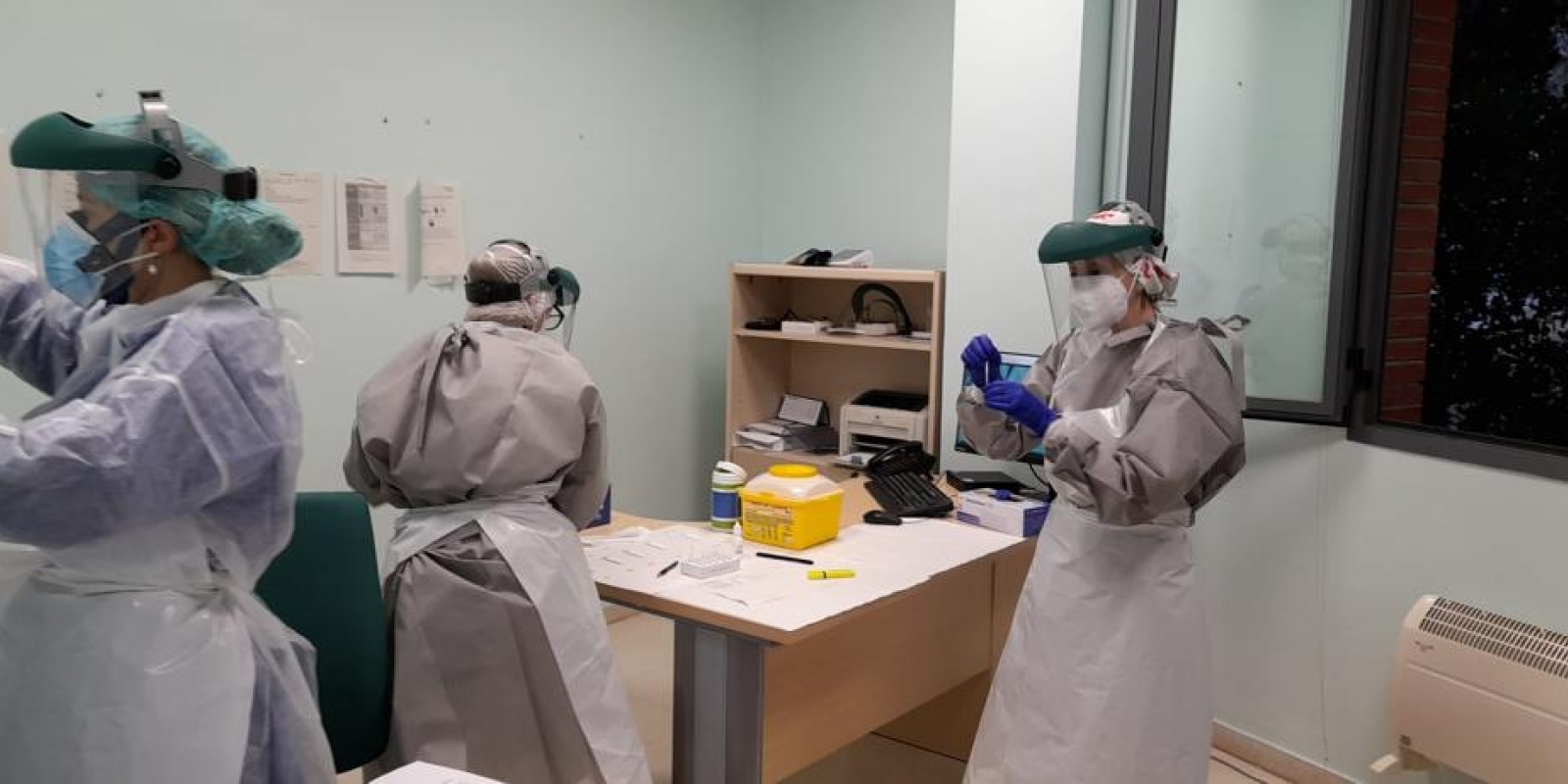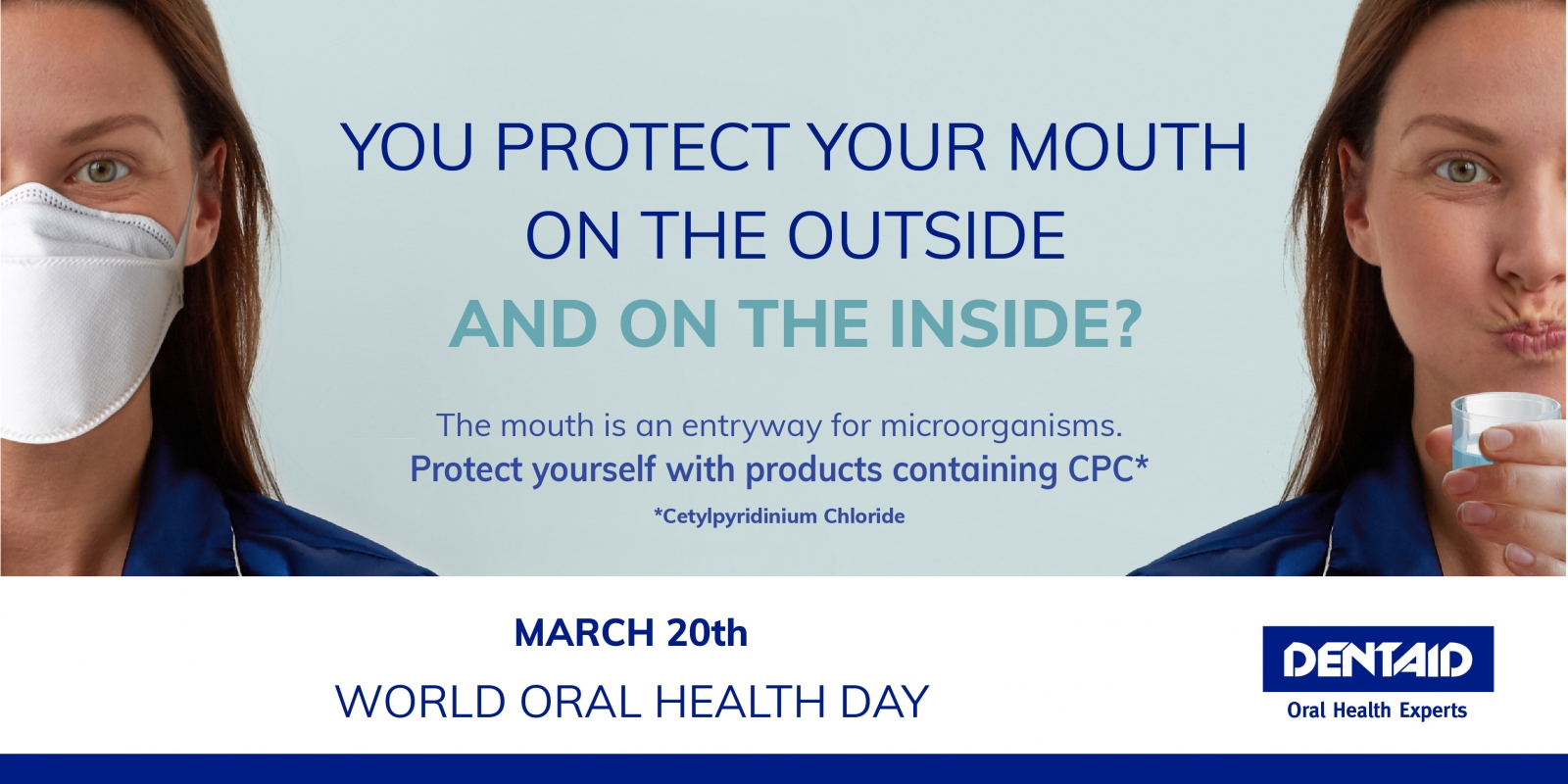DENTAID EXPERTISE
News for dentistry professionals
Dental Regeneration Using Stem Cells
08 Nov 2011
The 45th Annual Meeting of the Spanish Society for Periodontics and Osseointegration (SEPA), which will be held May 26-28 in Oviedo, counts on the participation of world-renowned scientific experts in the fields of periodontics, implantology and dentistry. The highlight will be the first-time appearance in Spain of Dr. Paul Sharpe, one of the leading international experts on dental regeneration.
A Turning Point
Several very interesting topics will be discussed in this meeting, including the most controversial and cutting-edge issues pertaining to Dentistry, Periodontics and Implantology, such as dental regeneration using stem cells, the future of periodontology and periimplantology in Spain (with the presentation of the Quo vadis, Periodoncia? study regarding perspectives on periodontology in our country in the upcoming 20 years), achieving clinical excellence (a parallel session will be held on clinical management as a tool of distinction) and innovation in dental aesthetics (not aiming toward obtaining artificial, but rather, “natural” beauty).
The scientific program will focus on how to obtain clinical excellence in fields such as periodontal plastic microsurgery, the treatment of periimplantitis or the placement of implants and on the main lines of progress in the aesthetics of bone reconstruction.
Stem cells: promises and reality
The highlight of the 45th SEPA Annual Meeting will be the appearance of Dr. Paul Sharpe, who will reveal the most advanced lines of research on dental regeneration using stem cells.
Dr. Paul Sharpe is professor of Craniofacial Biology at King’s College London, he has published more than 200 research papers and is one of the most prestigious investigators in the field of stem cell application in dentistry. Many specialists in this field consider Professor Sharpe’s work to be a milestone, as was Brånemark’s discovery of osseointegration of dental implants in his era, or Sture Nyman’s regarding periodontal regeneration.
Paul Sharpe also has his doctorate in Biochemistry from the University of Sheffield, is Professor of Molecular Embryology at the University of Manchester, and is currently in charge of Guy’s Hospital Dental Institute, where he created the Department of Craniofacial Development. As part of his research, he explores genetic interactions that control tooth development, as well as the biology and applications of dental stem cells for growing new teeth to take the place of those that are missing. Although the technology that he applies is still in the experimental stages, it is widely believed that it’s potential for replacing dental absences is an enormous feat, since patients’ new teeth will be identical to the original ones.
In 2004, Paul Sharpe unveiled the results of his experiments in an animal model in which scientists implanted stem cells in gums for subsequent development of a new tooth. The use of stem cells for generating new teeth has gone from a working hypothesis to being a viable reality that may reach dental offices in the not-so-distant future, especially when considering the advances in recent years regarding the utility and viability of stem cells originating from periodontal ligament.
In the same context, Paul Sharpe has published suggestive studies on the repair and regeneration of dental structures, periodontal ligament and pulp tissue that were previously affected by disease, offering key elements to help better understand dental stem cells and how they work in vivo to promote healing.
During his conference in the SEPA Annual Meeting, this expert will point out which new treatments using dental pulp stem cells could be used in the near future. According to his research, dental pulp stem cells display immune suppressive properties, similar to those of mesenchymal stem cells from bone marrow (which are being used in clinical trials as immune suppressants). If this property is confirmed in dental pulp, stem cells could prove to be a much more accessible source of autologous cells.
Experts in the field consider that these findings could lead to clinical applications, among which the most obvious would be in endondontics for replacing pulp tissue, where the key issue, without a doubt, would be a continuous supply of blood. With regard to the possibility of generating new teeth from stem cells, the studies carried out by Paul Sharpe and his colleagues suggest that current knowledge makes this possible, at least experimentally, using uncultured embryonic cells. Nevertheless, a usable clinical application in the dental practice is very far from being achieved.
Interview with Dr. Paul Sharpe
One of your latest publications talks about reparation and regeneration of dental structures, and about periodontal ligament and pulpal tissue previously damaged by disease as well. In what state is this research now?
There is a great deal of research being carried out in these areas worldwide, and progress is being made. My main interest is trying to gain a better understanding of dental stem cells and how they function in vivo to facilitate repair.
With your experience in this field, looking at the future and thinking of general dentists and specialists , what kind of new treatments based on stem cells from dental pulp do you think could be used in the near future?
Dental pulp cells exhibit very similar immune suppressive properties to bone marrow mesenchymal stem cells that are being used in clinical trials as immune suppressants. If this shows promise, the dental pulp stem cells could provide a far more accessible autologous cell source. For dental applications, the most obvious use is in endodontics to replace pulp tissue. The key here is undoubtedly the maintenance of the blood supply.
If we go a step further, our highest aspiration as dentists would be that we will be able to create new teeth. As someone who works in this exciting field, do you really think we be able to give birth to teeth?
With our current knowledge it is possible, at least experimentally using uncultured embryonic cells. However this is a long way from a usable clinical application and there are several very big issues that need to be resolved. Large cell numbers are required that can only realistically be obtained by in vitro expansion. Being able to grow cells in conditions that retain their tooth-forming abilities is, thus, crucial. One problem we have found is that teeth made from human cells grow much slower than those made from mouse cells. While this may not be a significant problem in a clinical context, in the lab it means that experiments take longer, and thus progress is slower.
In your investigations you are studying the evolutionary formation of teeth in different species, especially in heterodont animals such as mammals. Do we already know the mechanisms by which an incisor or molar are formed?
In very simple terms, yes. However control of crown shape is the least important issue since crowns can be easily changed by established dental techniques. Far more important is the formation of the roots. At present we are able to rebuild the destroyed alveolar ridge in a reasonable manner. However, our barrier is in the vertical alveolar ridge reconstruction, along with regeneration of a high quality keratinized inserted fibromucosa that allows aesthetic reconstruction.
Once we consider theoretically that we can be able to develop a dental organ using molecular biology procedures, what you call 'natural tooth substitution', the dilemma will be how to control the outbreak, the bony insertion and the aesthetic alignment. How do you see this in the future?
These are trivial problems. If the current ideas work then the tooth that forms will do so along with all its support tissues, including bone and periodontal ligament. Alignment of a growing (erupting) tooth is very easy with standard orthodontics.
Finally, from a practical standpoint, would this kind of treatment of high precision require a multi-disciplinary approach?
Molecular biologists, periodontal surgeons, orthodontists, restorative dentists skilled in aesthetics … Once a simple, reliable and reproducible approach is validated it will be treated like a implant and will in fact be a cell implant. The implant will be grown in specialised laboratories, supplied to a dentist who, using very simple surgical techniques, will insert the implant into the soft tissue without any bone drilling. Growth of the implant will be followed with standard X-rays and orthodontics applied following eruption. The crown will be capped to create the correct visible shape.
Interview with Dr. Maurizio Tonetti
Surgery and consequent soft tissue management has changed radically in the last few years. Thanks to a better understanding of wound healing biology, the impact of risk factors and the individuality of the patient, we now start to enjoy unprecedented levels of success: in regeneration, plastic surgery, aesthetics – and conventional periodontal and implant surgery.
Do the membranes still have a place in the regenerative techniques?
Yes. Membranes have changed a lot, as have the materials that we have available to promote regeneration. What has not changed is the need to support and stabilize soft tissues during healing, and membranes are still a great way to achieve more stable soft tissues. It is also clear that membranes may increase complications, and thus there is a need for advanced training to use them successfully.
Is the prevalence of peri-implant lesions responsible for the pendule going back to save more teeth and delay implant placement?
It is a big part of the issue but unfortunately not all. Besides the high prevalence of peri-implantitis, we start to realize that: i) chewing on implants is not at all like having a natural tooth; ii) with adequate skills from the whole team more and more teeth can be saved and preserved over time; iii) patients require planning solutions for their dentition for a lifetime.
What is your opinion about stem cells in regeneration and the research work of Prof. Sharpe on tooth regeneration?
I am fascinated by the tremendous knowledge on tooth development that has been generated in recent years. I see both tremendous potential and great challenges before a clinical application will become possible. I also foresee that before the times we will be able to “regenerate” teeth, we may be able to use hybrid tissue engineered and prosthetic devices such as metal implants with a functional periodontal ligament .
RELATED ARTICLES

14 Dec 2021
A recent study shows the efficacy of mouthwashes containing CPC in patients with COVID-19
Investigators from the Aragonese Health Service and the Health Research Institute of Aragon conducted a clinical trial in Primary Care with the aim of…

18 Nov 2021
Laboratory studies prove that CPC in mouthwashes is effective against different variants of SARS-CoV-2 thanks to its mechanism of action
INTRODUCTION The oral cavity is a route of entry, infection and transmission of microorganisms, including the SARS-CoV-2 coronavirus. Several…

16 Mar 2021
World Oral Health Day: What role does the oral cavity play during SARS-CoV-2 infection?
At DENTAID, we want to highlight the important role that oral health plays. Coinciding with World Oral Health Day, we have launched an awareness…
Sign up for the DENTAID Expertise newsletter
Sign up for the newsletter